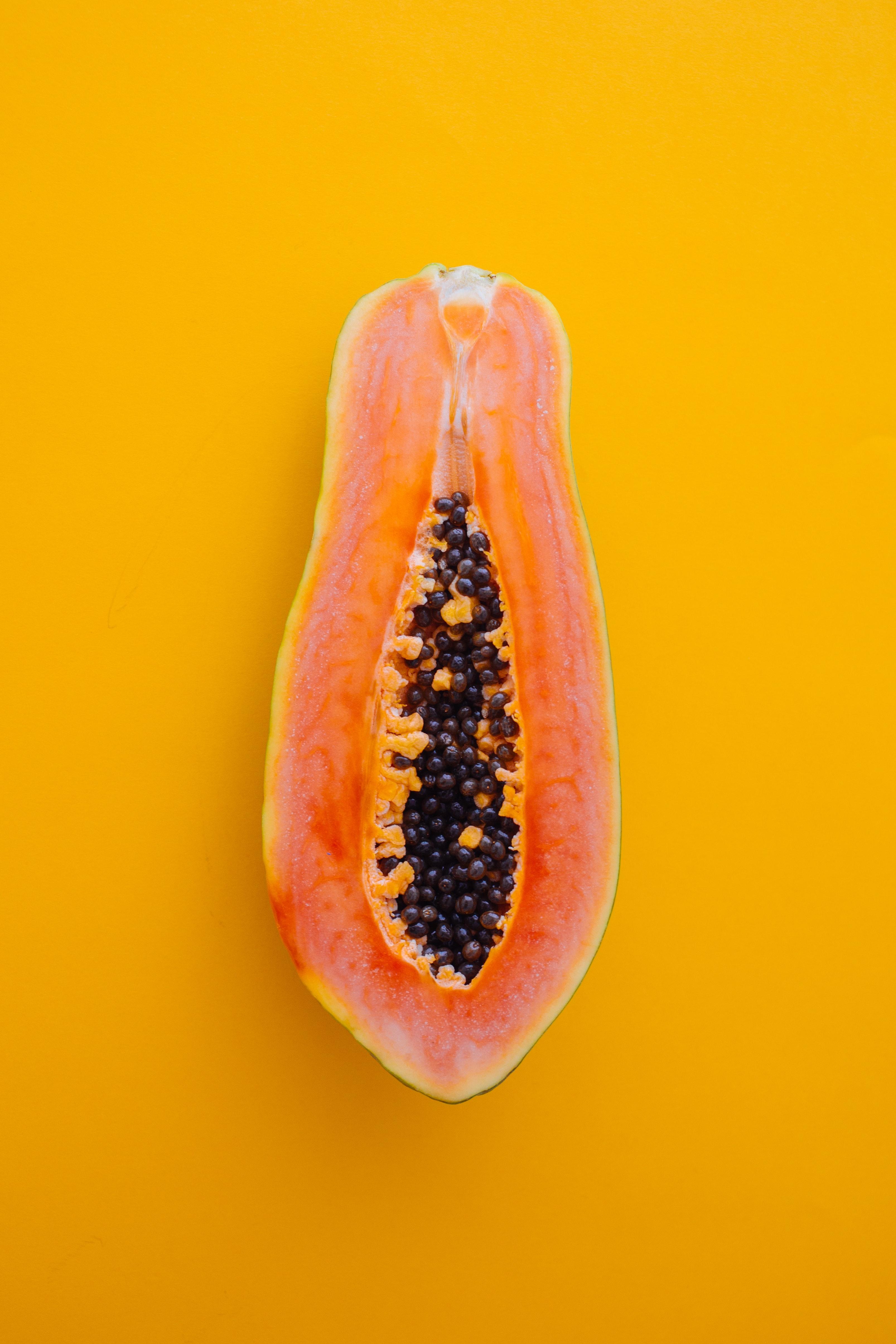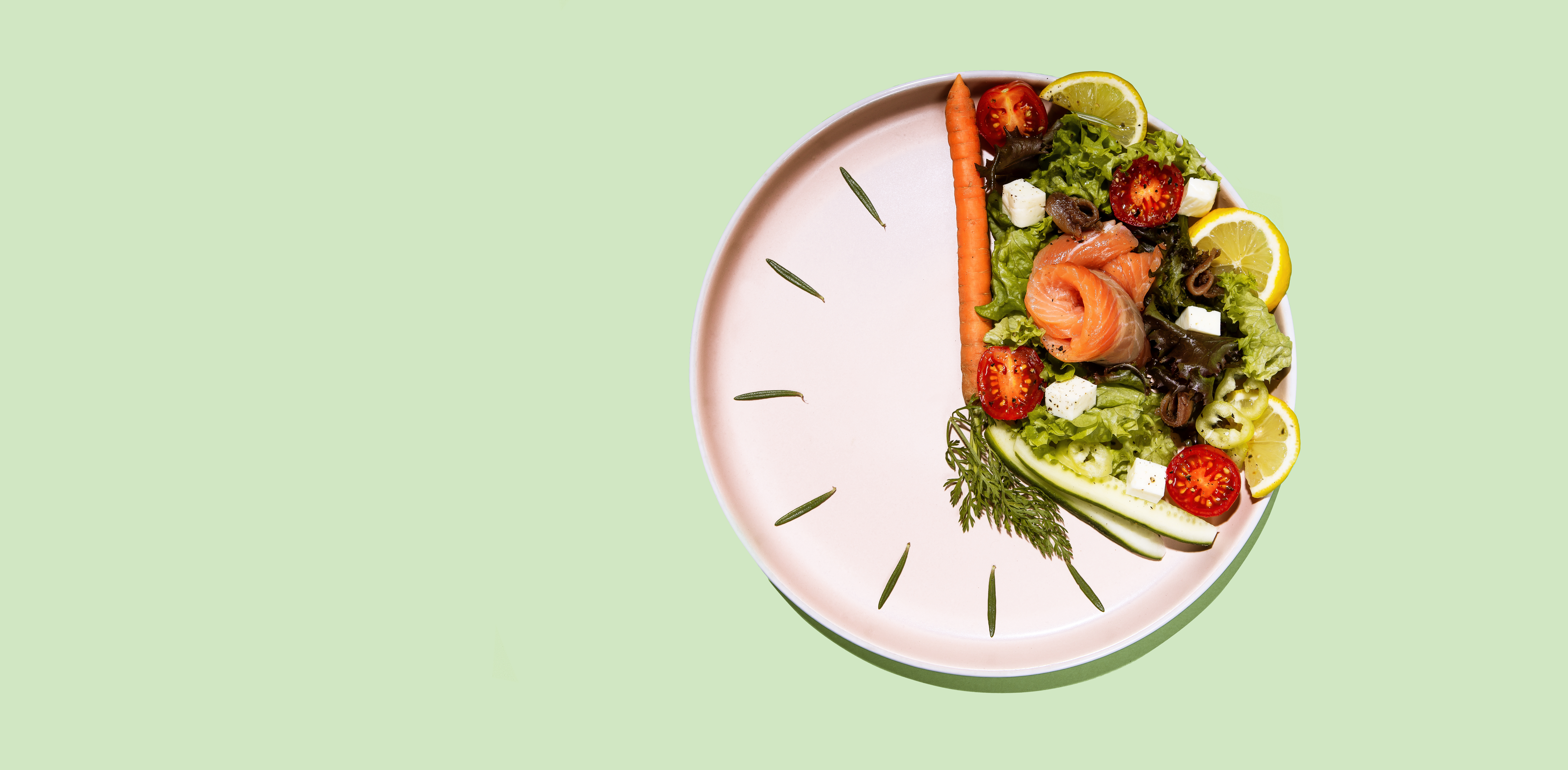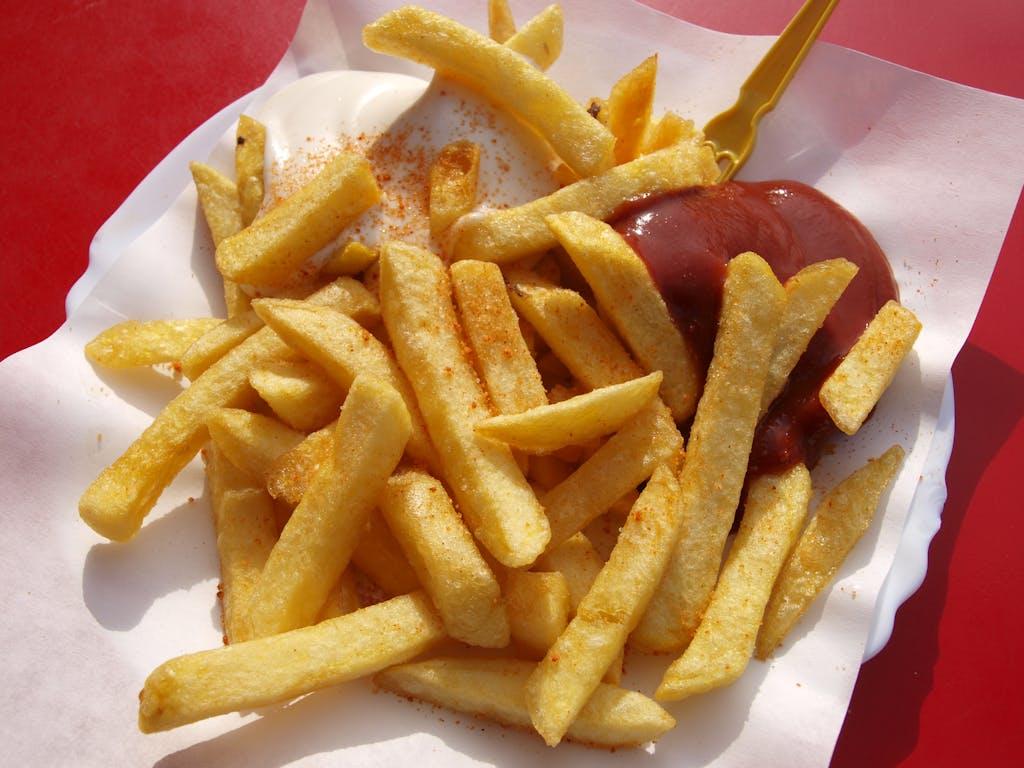The term “hormone balance” is everywhere lately. But while influencers sell fertility-friendly supplements and skincare brands promise to nix your hormonal acne, the truth is that hormonal balance doesn’t come from a quick fix.
What is “Hormonal Balance”?
There’s no real definition of “hormonal balance.” Hormone health refers to the proper and healthy levels of hormones in the body. Hormones are chemical messengers produced by various glands in the body, such as the pituitary, thyroid, adrenal, and reproductive glands. They play a crucial role in regulating many physiological processes, including metabolism, growth and development, reproduction, and mood.
Hormone balance means that the body is producing and secreting hormones in appropriate quantities and that these hormones are working effectively. Hormone imbalances can occur due to a variety of factors, including stress, illness, medications, or hormonal disorders. These imbalances can cause a range of symptoms and health problems, including mood swings, weight gain or loss, fatigue, insomnia, infertility, and more. Hormonal harmony can be achieved through a combination of interventions including diet and lifestyle changes, supplementation, and medications depending on the cause and severity of the imbalance.
Here are a few common types of hormonal imbalances and their associated signs and symptoms:
High estrogen → Breast tenderness, heavy periods, menstrual migraines, mood swings, short menstrual cycles, bloating
Low estrogen → Brain fog, depression, low bone density, headaches, hot flashes, irritability
Low progesterone → Anxiety, constipation, cycle breast pain, long or irregular menstrual cycles, low sex drive, bloating, fertility struggles
High testosterone → Acne, anxiety, blood sugar issues, depression, hair loss and/or hair growth in undesirable places, oily skin/hair, irritability, fertility struggles
High cortisol → Anxiety, irregular periods, increased visceral adipose tissue (AKA belly fat), sleep struggles, intense cravings for sugary, salty, and fatty foods
Don’t worry out if these signs hit close to home – symptoms like anxiety, cravings, and constipation can be due to a whole host of root causes. Still, if you’ve been dealing with discomfort that feels hormonally linked, we recommend asking your doctor to order labs and assess your hormone levels.
Below, we’re serving up 10 science-backed nutrition tips that actually support healthy hormone levels.
What to Eat for Hormone Balance
Spoiler alert: Despite what you see on social media, no single food or supplement is “hormone-balancing.” Instead, it’s our overall diet and lifestyle choices that help our hormones thrive. Here are our top 10 nutrition tips for healthy hormones.
1. Go fish
The healthy fats found in fish like salmon, sardines, mackerel, and rainbow trout have been linked to regular ovulation and less painful periods. Why? The omega-3 fatty acids EPA and DHA help drive down inflammation in the body, including in the uterus where inflammation may exacerbate menstrual pain. In fact, one small study published in the Journal of Obstetrics and Gynaecology Research found that women who consumed omega-3-rich fish twice a week had lower levels of menstrual pain and discomfort than those who did not. Not only that, there are many other benefits of consuming more omega-3’s that benefit women’s reproductive health. A meta-analysis found that omega-3 supplementation during pregnancy was associated with a 11% reduction in the risk of early preterm birth (less than 34 weeks).
TIP: Aim to eat two to three four-ounce servings of fatty fish weekly for hormone benefits. Don’t love seafood? Talk to your Culina Health dietitian about integrating a daily fish oil supplement instead.
2. Add more flax seeds
Flaxseeds are small, nutty-flavored seeds from the flax plant that are a rich source of fiber, protein, healthy fats, vitamins, and minerals. They contain compounds called lignans, which are phytoestrogens that have a chemical structure similar to estrogen, the primary female sex hormone. Phytoestrogens can bind to estrogen receptors in the body, but have been shown to have weak estrogenic activity. A few studies have looked at the potential benefits of flaxseed consumption on menopausal symptoms. While some studies have suggested that phytoestrogens may have beneficial effects on hormones, the evidence is mixed and more research is needed to fully understand their potential health effects.
TIP: Include two to four tablespoons of ground flax seeds (which are better absorbed than whole flax seeds) in your daily diet. Add the nutty ingredient to smoothies or oatmeal bowls for a hormone-friendly boost.
3. Be mindful of booze
Alcohol consumption can disrupt the menstrual cycle in women, leading to irregular periods, heavier or lighter bleeding, and an increased risk of infertility. During pregnancy drinking alcohol can lead to a range of health problems for the developing fetus, including fetal alcohol syndrome, which can cause physical and intellectual disabilities. If you’re trying to conceive, it’s generally recommended that women avoid alcohol or limit their consumption to no more than one drink per day. If you’re pregnant or planning to become pregnant, it’s best to avoid alcohol entirely. In general, moderate alcohol consumption is unlikely to have significant negative effects on hormone balance in women. However, heavy or chronic alcohol consumption can have more significant negative effects on hormones and overall health.
TIP: Women should stick to 1 drink (think: 1.5 ounces of liquor, 5 ounces of wine, or 12 ounces of beer) per day at the max. Even better, limit alcohol to just one or two nights weekly – or skip it entirely.
4. Choose quality carbs
When it comes to choosing carbohydrates for hormone health, it’s important to focus on complex carbohydrates, which are digested more slowly and don’t cause a rapid rise in blood sugar levels which may exacerbate hormonal imbalances. Complex carbohydrates also tend to be higher in fiber, which can help slow the absorption of sugar into the bloodstream and improve insulin sensitivity which is especially important if you struggle with insulin resistance, a condition in which the body becomes less responsive to insulin (a hormone that regulates blood sugar levels). Also, mood swings are in part caused by a decrease in serotonin levels in the brain during the premenstrual phase. But guess what boosts serotonin levels? Carbs. (You’re welcome.)
TIP: Aim to eat every three to four hours throughout the day and choose high-quality, slow-to-digest carbohydrates that promote steady energy levels. Fruits, vegetables, and legumes are all great high-fiber choices. Our favorite starches include oats, brown rice, sweet potatoes, quinoa, and whole wheat bread or wraps
5. Know your nutrients
Knowing your nutrient levels is important because it can help you identify potential deficiencies or imbalances that could be impacting your health. Nutrient deficiencies can lead to a range of health problems, depending on the specific nutrient involved. One of the most common nutrient deficiencies among women is vitamin D. About 42% of U.S women are deficient according to NHANES. With vitamin D being so vital for overall health including hormone health, it plays a key role in regulating menstrual cycles, supporting pregnancy and lactation and keeping your bones strong. By understanding your nutrient levels, you can take steps to address any deficiencies or imbalances through dietary changes or supplementation, as appropriate.
TIP: You may want to include iron-rich foods like lean ground beef around your menstrual cycle if you deal with heavy periods that lead to significant blood loss. Already on your fertility journey? Make sure you’re regularly eating folate-rich foods (think: leafy greens, avocado and peanut butter) as the nutrient is critical for healthy fetal development.
6. Banish bloat
Bloating is very common and can be caused by hormone fluctuations particularly changes in estrogen and progesterone levels during the menstrual cycle. Progesterone can slow down digestion and promote fluid retention, while estrogen imbalances can also cause water retention and bloating. Other factors such as diet, stress, and gastrointestinal disorders can also contribute to bloating.
TIP: Beat bloat by hydrating often. We recommend drinking half of your weight in ounces of water daily (so, at least 75 ounces of H2O for a 150-lb woman). It’s also a good idea to load up on potassium-rich foods like bananas, spinach, avocado, Greek yogurt, beans, and potatoes since the electrolyte works in opposition to sodium, meaning it helps fight fluid retention. Natural diuretics like cucumber, parsley, cilantro and dandelion tea are also welcome.
7. Go big on fiber
Having a bowel movement a day keeps excess estrogen away. Fiber can help to eliminate excess estrogen from the body by promoting its elimination through the digestive system. The liver processes and eliminates estrogen, and fiber can help to bind to estrogen in the gut, preventing its reabsorption into the body. This means that fiber can support the elimination of excess estrogen and help to regulate estrogen levels.
TIP: Make sure you’re consuming a minimum of 25 grams of fiber per day with healthy whole foods like chia seeds, avocado, leafy greens, beans, flax, berries, and whole grains.
8. Pause ultra-processed foods
Ultra-processed foods, like packaged snacks, sugary drinks, fast food, and convenience foods are often high in excessive calories, unhealthy fats, added sugars, and sodium, and low in fiber and nutrients. Consuming them regularly and in large amounts may increase the risk for chronic disease and contribute to nutrient deficiencies that may affect hormone health or lead to other health concerns.
Technically, foods like whole-grain breads and plant-based milk alternatives are also considered ultra-processed and can provide essential nutrients and be part of a balanced diet. But generally an eating routine that is based on whole, minimally processed foods is the best way to promote better health and prevent chronic diseases. As always, it’s important to read the label to ensure that it best supports your health and goals.
TIP: Prioritize whole foods as much as possible and avoid packaged eats that list endless ingredients on their labels, especially “partially hydrogenated oils,” or trans-fats, which are particularly pro-inflammatory. Choose nutrient-dense snacks that are lower in added sugars and sodium.
9. Be smart about supplements
No single supplement will fix your hormone problems, but certain nutrients have been shown to alleviate symptoms. Supplements such as omega-3 fatty acids, vitamin D, and magnesium, may have a positive impact on hormone levels in some individuals but the effectiveness of other supplements marketed as “hormone balancers” is uncertain and may even be harmful. Inositol, for example, may promote ovulation regularity and improve insulin sensitivity in women with Polycystic ovarian syndrome or “PCOS.” Individuals have reported that taking vitamin B6 regularly helped improve symptoms like mood swings, breast pain, and bloating during the premenstrual phase, but more studies are needed to confirm this health claim.
TIP: Don’t blindly take supplements! Talk to your doctor or a Culina Health registered dietitian to determine the best supplement regimen for you.
10. De-stress and move more
Don’t forget that healthy lifestyle habits are key for hormonal balance too. High levels of stress can cause the release of cortisol, the “stress hormone.” Chronically elevated cortisol levels can disrupt the balance of other hormones in the body, leading to irregular periods, fertility problems, and other hormone-related issues. Reducing stress through techniques such as meditation, deep breathing, and exercise can help regulate cortisol levels and promote hormone balance.
Exercising regularly can support your hormones as it helps with the production and release of certain hormones, such as cortisol, insulin, and growth hormone. It also increases the production of endorphins, which can reduce stress and improve mood.
TIP: Engage in moderate to intense physical activity for at least 150 minutes every week (or 200-300 minutes if weight loss is your goal). And aim to clock at least seven hours of sleep nightly.
How to Balance Hormones
There is no single food, diet, or supplement that is “hormone-balancing.” It’s not a quick fix and it often requires a multifaceted approach that includes lifestyle changes, dietary modifications, stress management techniques, and sometimes medication and/or proper supplementation. Hormonal imbalances can be complex and can have multiple underlying causes. Try your best to emphasize whole foods that nourish the body and promote blood sugar stability (reach out to a Culina Health dietitian if you need help). And yes, you can eat some chocolate when cravings come on strong! Go for a couple squares of dark chocolate and pair it with some almonds.
Any general advice posted on our blog, website, or application is intended for reference and educational purposes only and is not intended to replace or substitute for any professional medical advice, diagnosis, treatment, or other professional advice. If you have specific concerns or a situation arises in which you require medical advice, you should consult with an appropriately qualified and licensed medical services provider.






